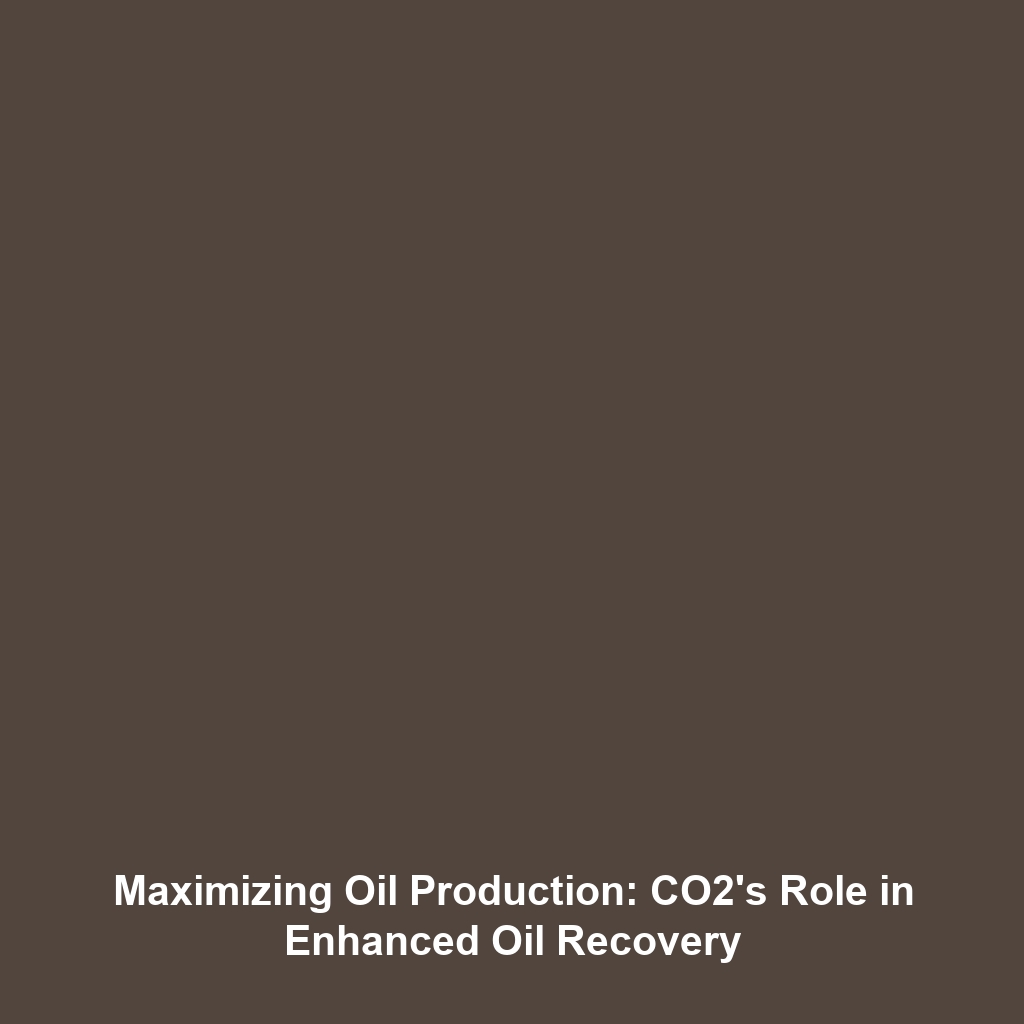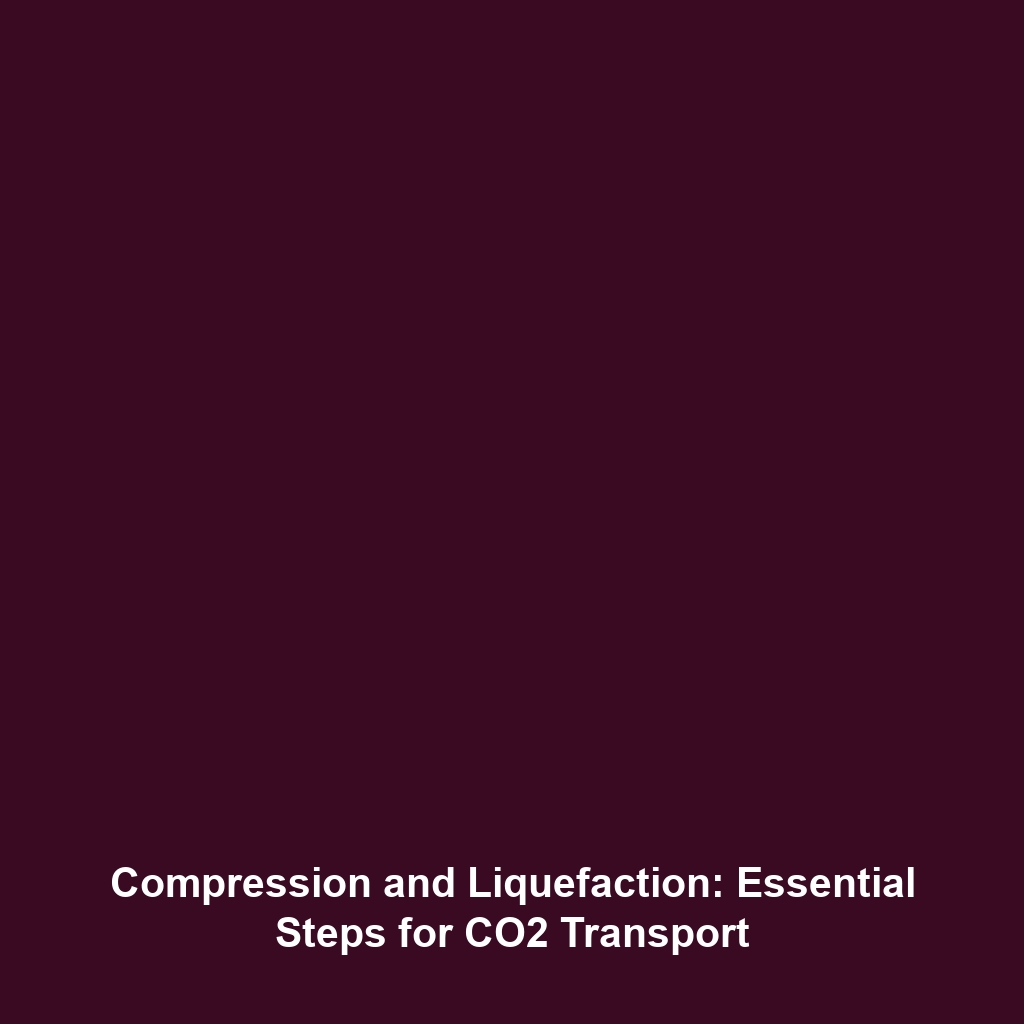Gorgon: A Key Project in the Global Carbon Capture & Storage (CCS) Landscape
Introduction
The Gorgon Project, located off the coast of Western Australia, is one of the world’s largest and most ambitious Carbon Capture & Storage (CCS) initiatives. With a remarkable capacity to capture up to 4 million tonnes of CO2 per year, Gorgon represents a critical development in the fight against climate change. Its scale and technological advancements position it as a cornerstone of global efforts to implement effective CCS solutions and mitigate greenhouse gas emissions.
Key Concepts
The Gorgon Project Overview
The Gorgon Project is part of a natural gas facility that integrates advanced carbon capture technologies designed to reduce emissions significantly. The major objectives include:
- Capture and store CO2 emissions from natural gas processing.
- Utilization of a sub-seabed reservoir for CO2 storage.
- Advancement in CCS technology through innovative approaches and extensive research.
By combining these elements, Gorgon demonstrates how large-scale projects can optimize CCS methodologies and serve as a model for future initiatives worldwide.
Applications and Real-World Uses
Gorgon’s scale and ambition play a pivotal role in demonstrating various applications of CCS technology:
- Industrial Emissions Reduction: The project effectively minimizes emissions from natural gas operations, setting a benchmark for other industry players.
- Enhanced Oil Recovery: By utilizing captured CO2 for oil recovery, Gorgon showcases how CCS can support other sectors within fossil fuel production.
- Research and Development: Gorgon serves as a testbed for CCS technology innovations that have broader implications for global carbon management strategies.
Current Challenges
Despite its groundbreaking approach, Gorgon faces several challenges within the broader CCS scope, including:
- High costs associated with technology implementation.
- Regulatory hurdles in carbon storage permits.
- Public perception and acceptance of CCS methods.
- Technical limitations in capturing and storing large volumes of CO2 effectively.
Future Research and Innovations
Looking ahead, the Gorgon Project is poised for further advancements that can transform the future landscape of Carbon Capture & Storage (CCS). Key focus areas include:
- Next-Generation Technologies: Innovations aimed at increasing capture efficiencies and reducing costs are on the horizon.
- Integration with Renewable Energy: Exploring how CCS can complement renewable energy sources to create sustainable energy solutions.
- Global Knowledge Sharing: Collaborations with other CCS initiatives worldwide aim to disseminate findings and improve methodologies across the board.
Conclusion
In conclusion, Gorgon’s scale and ambition underscore its significance in the global Carbon Capture & Storage (CCS) landscape. As a pioneering project, it addresses key environmental challenges while paving the way for future innovations and industrial applications. For further insights into carbon management strategies, consider exploring our other articles on CCS technologies and applications.









